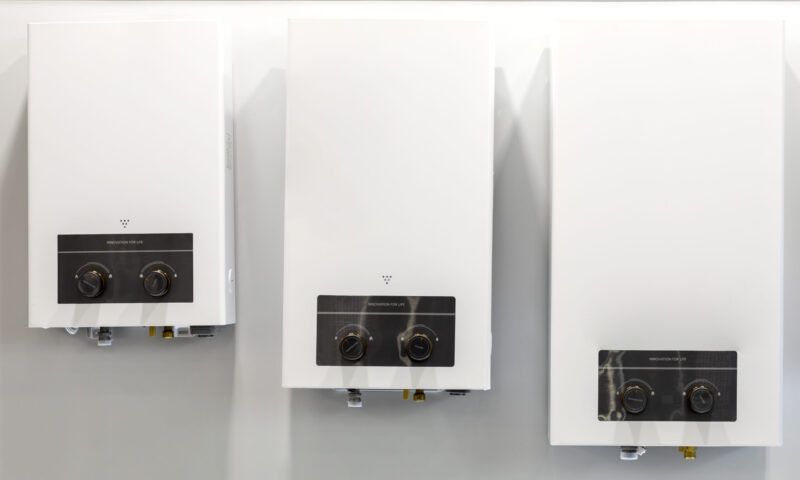The only time throughout the year when photovoltaic panels really do not produce any energy is at night – then the complete lack of access to light translates into their inactivity. And mainly at night and in winter, we need access to the surpluses that we produced during the energy boom. This is where home energy storage units come in handy, allowing you to fully meet the daily demand for electricity in your home during periods of increased sunlight. What are they?
The explanation is quite simple – these are commonly known batteries with appropriately selected capacity, and they work in a quite simple way. Namely, if during the day the amount of energy is higher than demand, the surplus will first be stored in the battery and used at night or in the immediate event of a drop in efficiency due to, e.g., bad weather, and only then transferred to the grid for collection, e.g. . Winter.
It is also possible to completely disconnect from the general grid and use only your own installation additionally equipped with energy storage batteries. Many of you are discouraged by this method of using the installation due to the relatively high, although usually one-time, cost of the initial investment. However, this configuration of the installation allows you to save an additional 20% of energy, which in the case of prosumer dependence is transferred to the supplier as a kind of payment for maintaining the network.
However, the way warehouses work means that this is not an ideal solution, although it may seem like it. The additional cost of batteries is not the only expense in an off-grid installation (without connection to the general grid). The main disadvantage of this solution is, unfortunately, the inability to store energy throughout the year, and what we usually care about most is that the summer surplus compensates for winter shortages.
To use your own PV installation and home energy storage more effectively in this situation, it will be necessary to install more panels to increase their energy-generating potential, which naturally generates higher costs. Therefore, it should be remembered that despite the higher price of the entire investment, with a properly designed installation, even in winter, the panels will produce enough energy to meet current needs and store surpluses for the night, thus making us completely independent from the general energy network.




